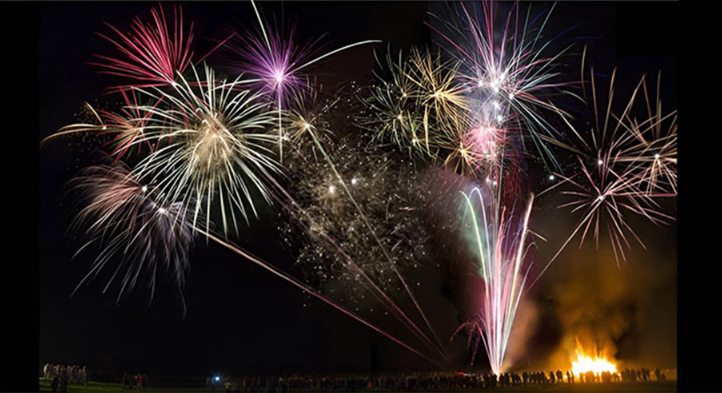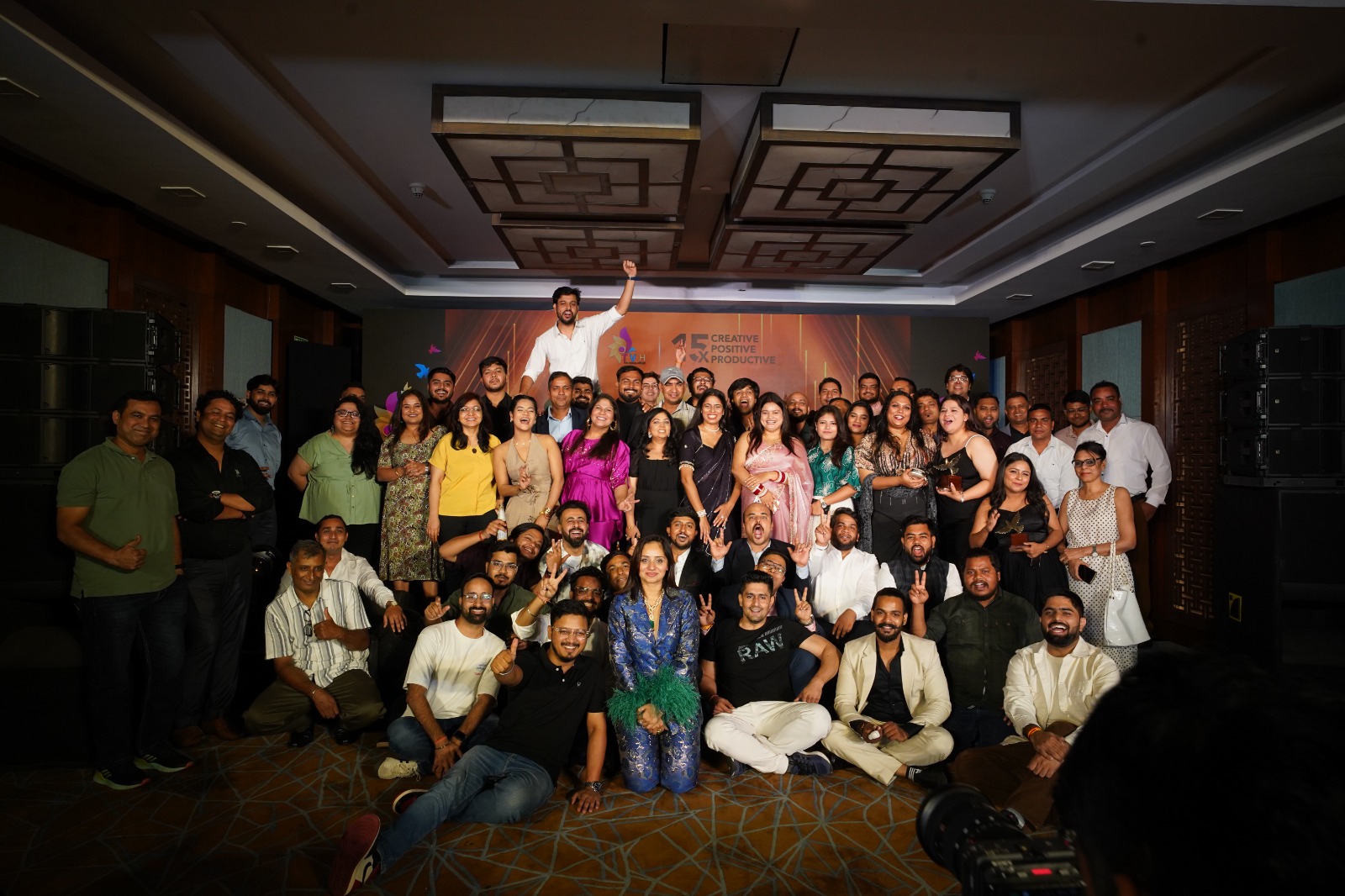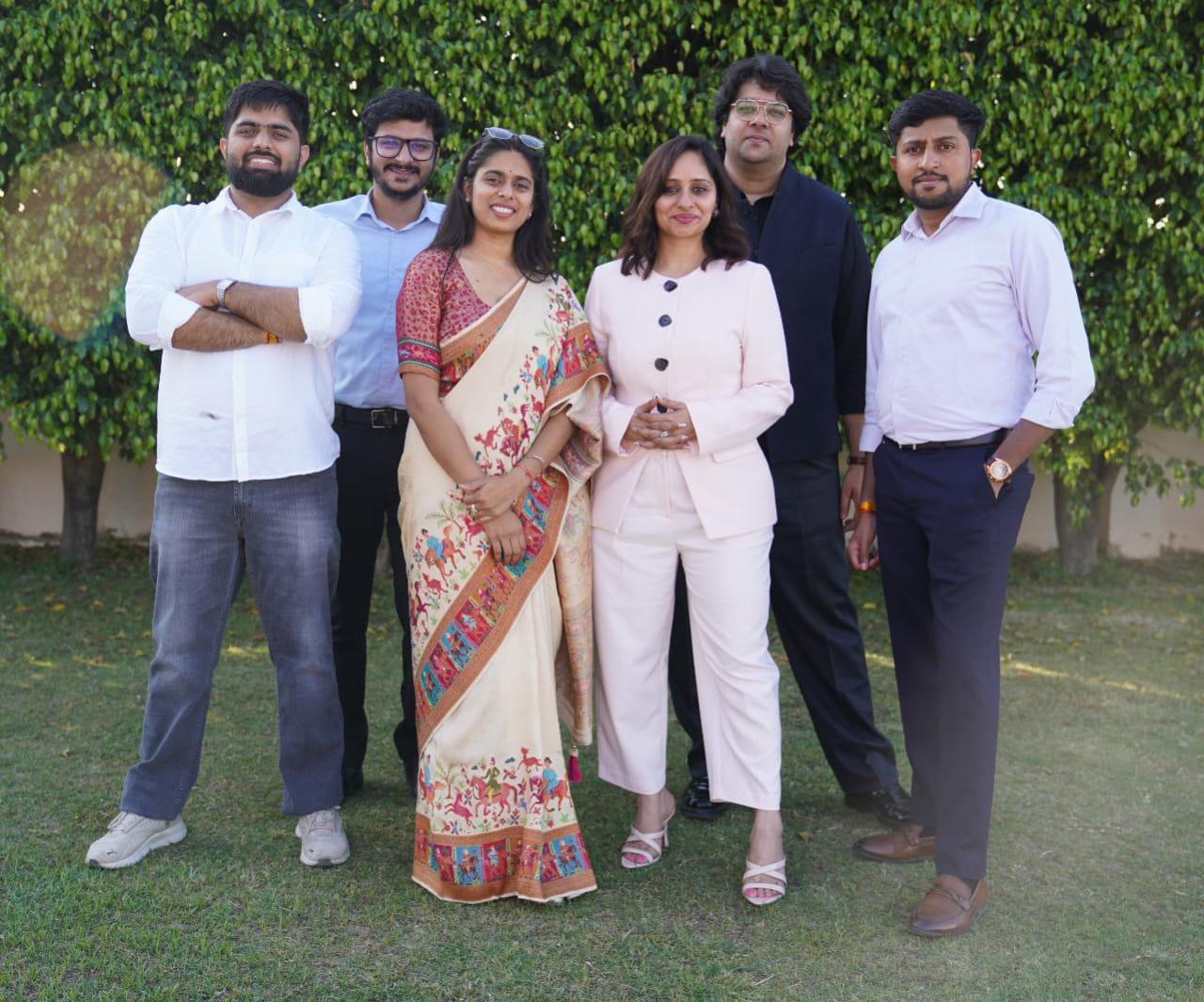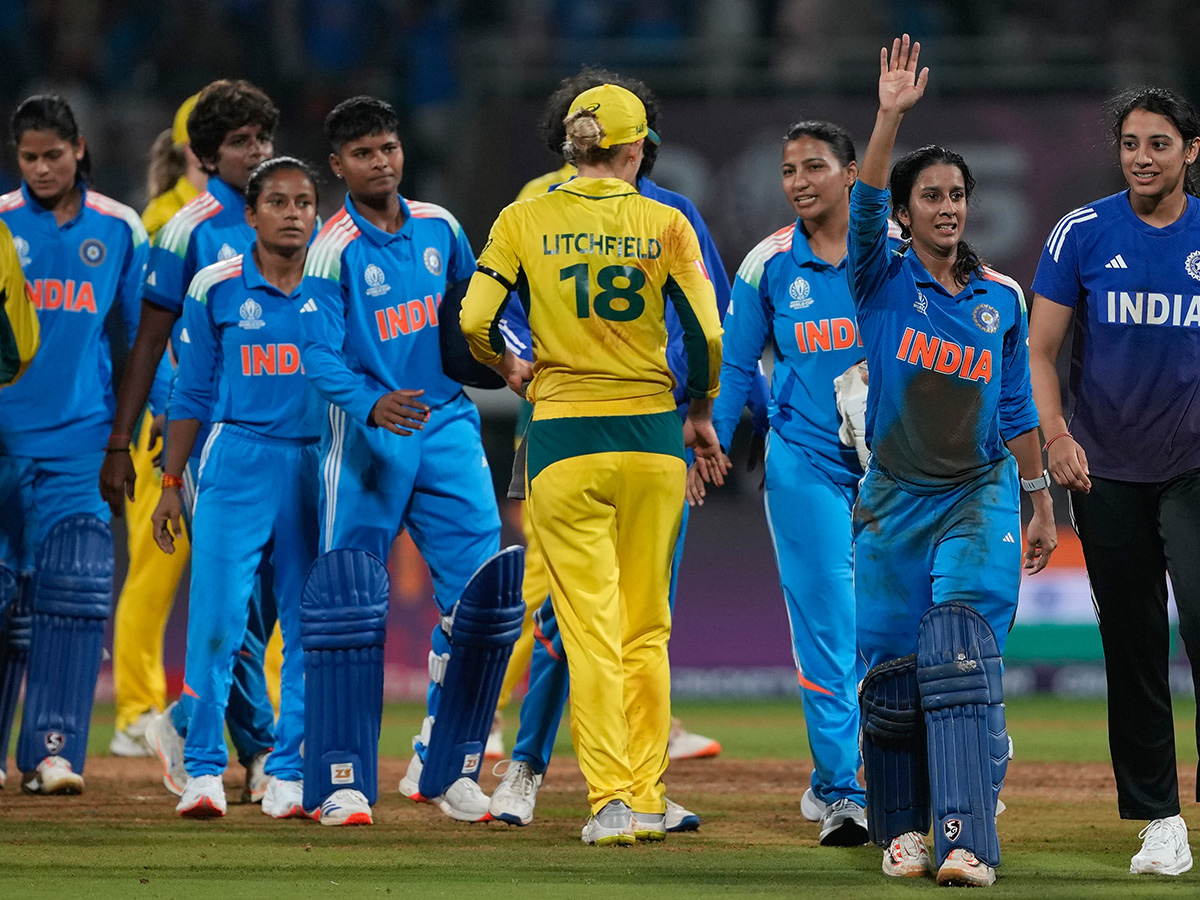E4M (exchange4media)
Inside India’s 2025 festive ad boom: Smarter spending beats bigger budgets
As festive ad spends touch ₹51,000 crore, creative agencies reveal that this year’s real surge was driven by sharper ideas, data-led storytelling and a new balance between emotion and efficiency
India’s festive advertising calendar has always been the industry’s biggest moment of truth. Every Diwali season, marketers flood screens and streets with big ideas, cinematic campaigns and emotional storytelling in an attempt to capture consumer attention. But this year, something shifted. The 2025 festive season was not just louder; it was smarter. Creative agencies observed a totally different kind of rise, one that was more defined by momentum, agility, and intellect than by money, even if total ad spends reached an estimated ₹48,000 to ₹51,000 crore.
Across the board, the energy was unmistakable. We witnessed a spike in campaign volumes, shrinking timelines and every available medium from digital and influencer platforms to connected TV and outdoor being booked weeks in advance. Yet, the increase in creative budgets was far more measured. Agencies observed roughly a 20 percent rise in creative spending over 2024, suggesting that brands were willing to invest, but only when the ideas justified it. The real story, therefore, wasn’t just about how much was spent, but how effectively those spends were deployed.
The Business of Buzz
This season began in an economic climate that was cautiously optimistic. Although it was moderated by data and planning, brand confidence eventually returned after months of macroeconomic instability and confusion brought on by the GST. The festive window was shorter but more intense because Diwali fell sooner than normal. Marketers moved at a never-before-seen pace as soon as the green lights came on.
“Once the announcements came in, and with Diwali landing earlier, the window was short but intense,” said Ankit Banga, Chief Business Officer at FCB Kinnect. “When it opened, brands jumped in with full force.”
The creative spending at FCB Kinnect rose by around 20 percent compared to last year. Campaigns spanned categories such as auto, e-commerce, lighting, mobiles, finance, cosmetics, and two-wheelers, all packed into a few weeks. “The buzz was real and the energy high,” Banga added.
The rise in ad activity was broad-based. MiQ’s Festive Shopper Insights 2025 report found that 43 percent of consumers planned to spend above ₹20,000, while 45 percent were open to trying new brands. “That confidence translated directly into media activity,” said Varun Mohan, Chief Commercial Officer, India, MiQ. “Brands began advertising 30 days before Diwali, leaning on richer media formats, influencer integrations, and data-driven targeting.”
This early start created a ripple effect across the ecosystem. Digital inventory filled up sooner, regional media saw higher competition, and connected TV and programmatic DOOH emerged as high-demand platforms. Brands leaned on data-led targeting and richer media experiences, investing not just in reach but in precision.
Media Spends Grow, but Creative Budgets Stay Tight
The data shows where the real growth came from. Digital media grew between 15-20 percent, influencer marketing surged 40 percent, retail media expanded 25-30 percent, and out-of-home rose 15-20 percent. While television and print remained largely steady.
“The creative spend, though, stayed cautious,” shared Deepmala, Founder and CEO of “The Visual House.. The creative brief itself has evolved. Emotional storytelling remained essential, but every film, post, and activation carried a measurable objective.
The focus shifted from “How big can we make it?” to “How well will it perform?” That mindset drove both creative efficiency and accountability, forcing agencies to deliver ideas that were culturally resonant yet business-effective. “We saw a lot more modular, agile campaigns rather than one big hero film,” she further added. Instead of producing large-scale festive ads, brands commissioned multiple smaller campaigns that could be adapted and updated quickly.
Banga agreed, adding that the shift wasn’t just about how much brands spent, but how smartly they spent it. “Clients realized that impact doesn’t always come from the size of the spend but from the sharpness of the idea,” he said. He returned to Flipkart's Big Billion Days campaign, in which the firm converted farmlands into outdoor advertisements in the shape of crop circles. This was an unorthodox concept that increased visibility without significantly raising costs.
The Shift Toward Smart Spending
Creative leaders across agencies observed the same trend of brands spending strategically. “Festive advertising has evolved from big bangs to continuous bursts,” said Harshada Chitale, Account Director at White Rivers Media. “Brands moved away from one big festive film and focused on several quick, creative campaigns that kept audiences interested.”
Most of the additional budgets went to digital platforms, where targeting and measurable outcomes mattered most. “The focus shifted from doing more to doing better,” Chitale added. “This season proved that steady effort matters more than loud advertising.”
The thinking behind budgets also changed. Chitale observed that marketers wanted flexibility. “It’s less about spending big and more about staying quick and adaptable,” she said. “Every rupee spent was tracked for impact.”
Regional Storytelling Takes Center Stage
Perhaps the most dynamic change this year was the surge in regional storytelling. While metro markets remained critical, the real energy came from Tier II and III India. Brands, both national and local, invested significantly in vernacular content that spoke directly to cultural nuance. “Regional storytelling became a major growth driver,” said Chitale. “While e-commerce, FMCG, and consumer durables led overall activity, the real buzz came from regional and vernacular brands.”
She pointed to Parle-G’s Onam campaign as an example of how genuine, culture-based ideas could drive deeper engagement. “This season made one thing clear,” she added. “Regional stories are shaping the future of Indian advertising, and brands that speak the local language will stay ahead.”
Mohan from MiQ agreed that the shift toward regional markets was undeniable. “Tier II and III audiences responded better to contextual and vernacular messaging,” he said. “We saw more brands develop regional language creatives and location-specific offers.”
Even D2C and digital-first brands joined the regional movement, focusing on authentic, culture-driven storytelling that could translate into both brand equity and performance. This shift signals that future ad growth may increasingly come from regional audiences, where spending power is rising and emotional resonance drives stronger brand loyalty.
Agility with Emotion: Where Creativity Meets Measurement
This festive season proved that Indian advertising is evolving into a space where emotion and efficiency coexist. Brands didn’t abandon emotional storytelling, but they paired it with sharper data and performance metrics. Campaigns were designed to touch hearts while delivering measurable returns. As Varun Mohan, Chief Commercial Officer at MiQ, put it, “Budgets expanded at the top of the funnel, but with a firm expectation of data-driven proof at the bottom.”
The duality of creativity supported by responsibility was the definition of this holiday quarter. Companies sought concepts that would not only motivate consumers but also have a real-time impact on their purchasing decisions. These days, advertising involves more than just delivering tales; it also involves monitoring how those stories result in engagement, conversion, and retention.
At the same time, the old formula of one grand festive film dominating the season gave way to continuous, evolving storytelling. “Creativity this year was context-first,” said Ankit Banga, Chief Business Officer at FCB Kinnect. “With a shorter window, brands had to move fast and stay relevant.” He saw clear patterns emerge of bold ideas designed to break clutter, increased use of influencer-led storytelling, and a surge in digital-first and non-traditional formats.
For Harshada Chitale of White Rivers Media, the change was also creative in spirit. “Campaigns were built to evolve in real time,” she said. “The focus moved from polished, picture-perfect ads to more real and engaging stories that invited audience participation.”
Deepmala, CEO of The Visual House, described this evolution as a sign of market maturity. “Creativity felt sharper, more adaptive, and more human,” she said. “Brands don’t just want visibility anymore. They want continuous relevance.”
The Future: Intelligence, Influence, and Intimacy
This festive season marked a clear turning point for Indian advertising. The industry proved it can be both creative and calculated. This new rhythm was shaped in large part by influencer marketing, analytics, and artificial intelligence. Data-driven storytelling became the cornerstone of holiday marketing, and campaign agility took the place of grandeur. The most successful companies were those that struck a balance between measurement and emotion, employing data to maintain accountability and creativity to establish a strong connection.
“Advertising’s future is moving toward intelligence, influence, and intimacy,” said Harshada Chitale of White Rivers Media. “Brands are using AI, creators, and local storytelling to connect better with audiences.”
Data from across agencies points in the same direction. Brands are becoming more strategic in timing, targeting, and message delivery. They are investing in digital-first, regionally rooted campaigns that perform seamlessly across platforms. Attention, relevance, and cultural nuance are now as important as reach.
Varun Mohan of MiQ summed it up simply: “Advertising is moving toward being more precise, data-driven, and distributed across geographies and channels.”
In essence, Indian advertising is entering a new era, one that is defined by intelligence, agility, and emotional depth, where creativity and data no longer compete but collaborate.
From Visibility to Value
India’s festive advertising surge this year may have looked like a big-budget extravaganza from the outside, but beneath the surface, it was a case study in efficiency. Brands didn’t necessarily loosen their wallets dramatically; they sharpened their pencils. Campaigns were more numerous, media channels more diversified, and creative strategies more intelligent.
As Banga put it, “Clients realized that it’s not about saving money on creativity, but about ensuring every rupee delivers impact.”
If the current festive season's tendencies are any guide, accuracy, performance, and purpose will characterize advertising in India in the future. While visibility will always be important, the real test of success today is ongoing, contextual, and data-driven.
For more details, visit the original source at E4M (exchange4media)










